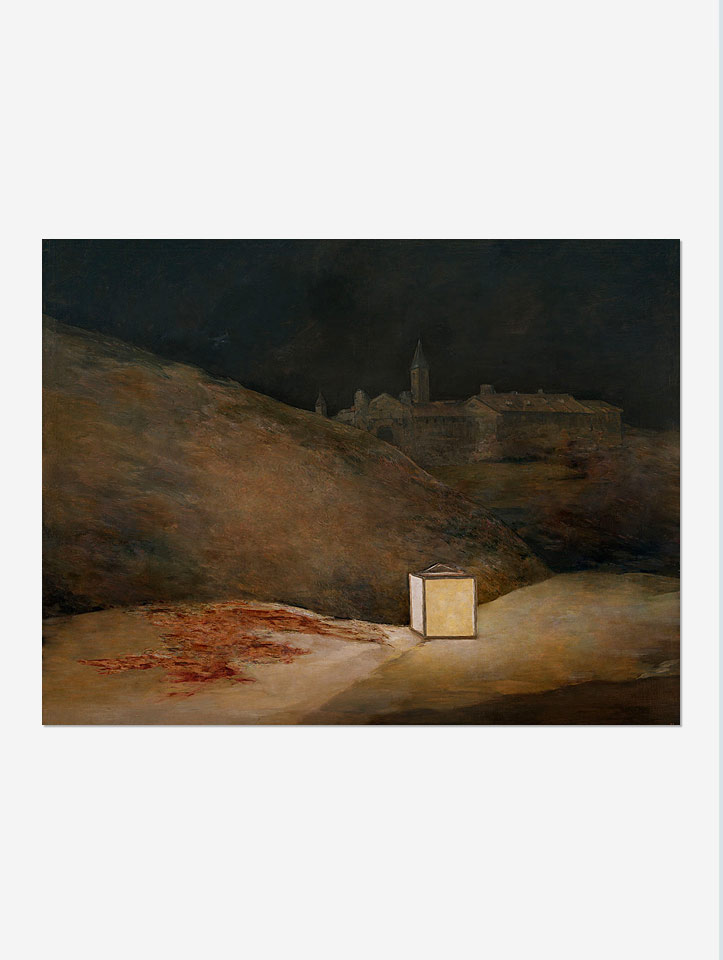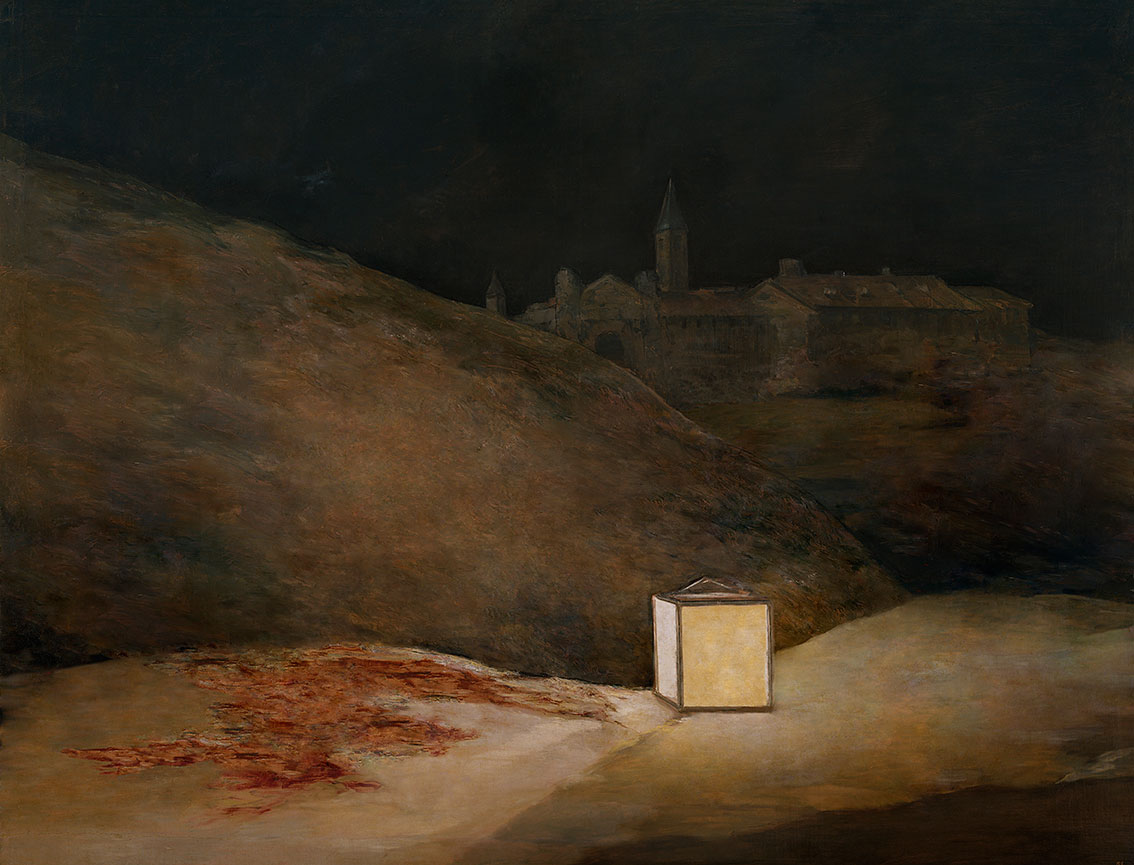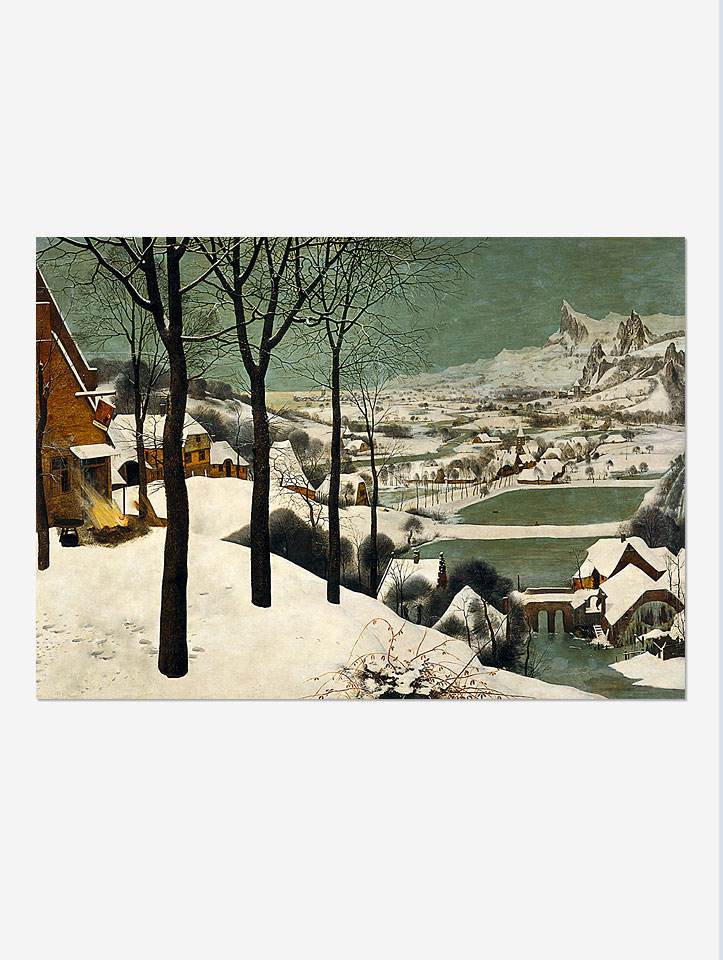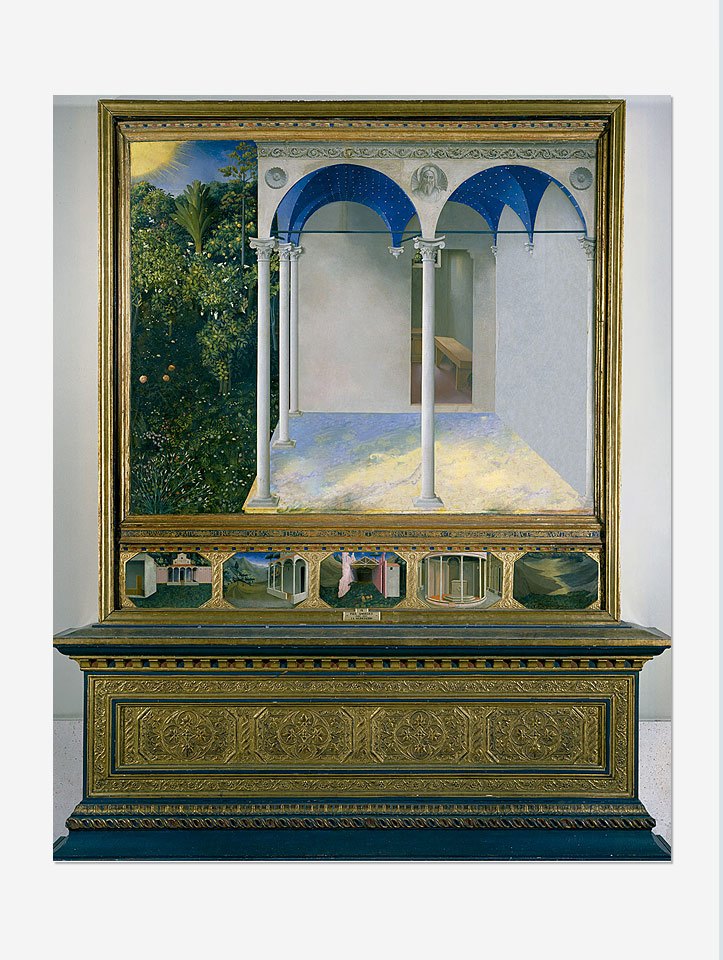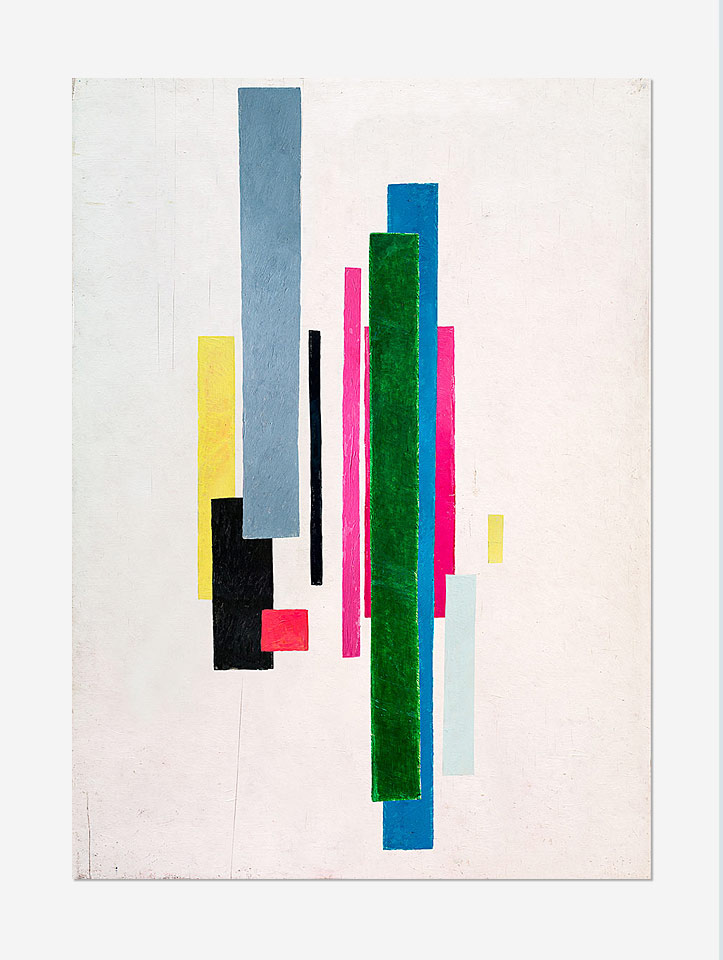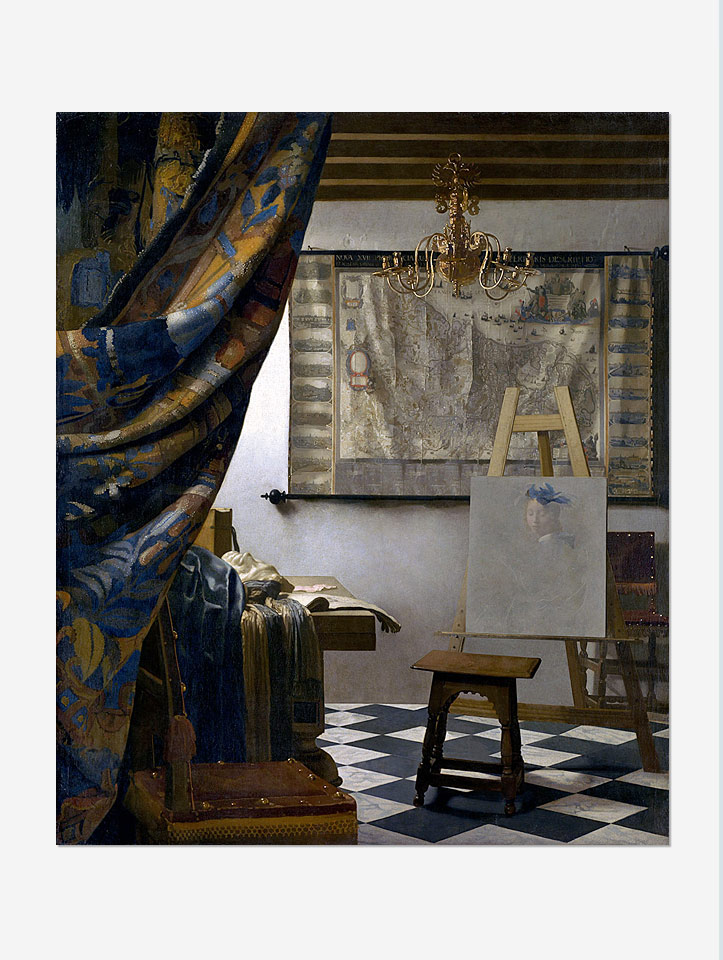Description
Goya is the artist who closely worked with the theme of war and its dire consequences for both the community and an individual. In “The Shootings of May Third 1808”, Goya uses the scene of an execution to tell us about the aftermath beginning with a historical fact.
Even as the characters disappear we rely on our collective memory and easily recognize the setting that Goya used to depict such a terrible moment. The soldiers disappeared with their victims leaving only remains of the tragedy committed there: the blood scattered on the ground mixed with earth, a lantern illuminating with its dramatic light the mound that served as an improvised wall. The place is located on the outskirts of the city; the moment is sheltered in the darkness of the night. The soldiers had already left and the bodies had been removed from the scene.
The temporal sequence no longer identifies a human being whose blood was shed which appears as a terrible consequence of any violent conflict. It is the blood that inevitably spills on both sides and that heralds more hatred and more revenge.
Painting and Art in general have had a very important role in the civilisations that have given them life. Many of the works that we can see in museums today were once commissioned to commemorate a relevant event and they convey valuable historical evidence about battles, conflicts, customs and so on.
But Goya was not satisfied with depicting his time and the events that occurred during his life. He presents himself as an artist capable of making reflections that transcend mere events and is committed to the search for universal values that lead him down the path of sharp and relentless criticism.
Art does not seem to be able to change reality, as history shows, but at least, if it can change the way of understanding it, of interpreting it, of valuing it and therefore accepting it and committing to it.




